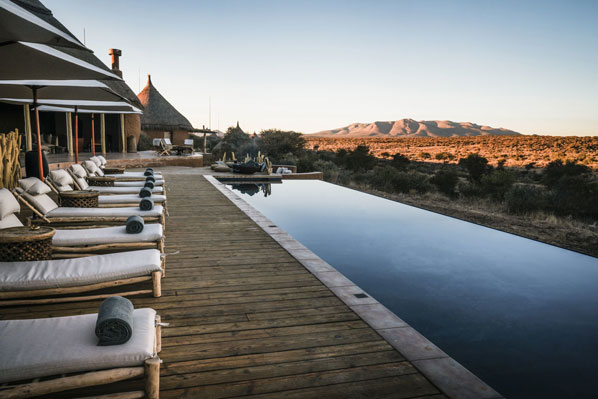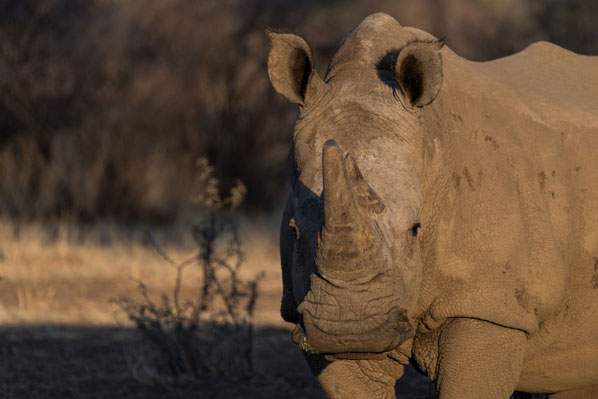As tourism opens up again, Katie Wright debates the pros and cons.
Slowly but surely, travel restrictions are easing – making more countries a viable option for holidaymakers.
And after nearly two years of the pandemic, many of us are raring to make up for lost time, and put our passports to good use in 2022.
But when it comes to travel, is it better to pepper your year with lots of long weekends away, or blow your holiday allowance on one mega trip?
Here, we look at the pros and cons of each…

Keep it short and sweet
If visiting as many countries as possible (and bragging about it on your social media or dating profile) is a priority, minibreaks will help you tick off plenty of destinations.
A weekend away to somewhere like Rome, Brussels or Barcelona is a (mostly) stress-free option. You don’t need to pack a whole lot, the flight is short, and, if you book far enough in advance, you can get some really cheap deals.
Psychologists often talk about anticipatory pleasure – the kind you get from having something in your diary to look forward to – and booking a bunch of mini holidays will keep you going, especially if work (or life in general) is getting you down.
Short breaks are a great way to visit pals in other places or travel with friends, and there’s less chance of arguments when you’re only away for a few days.
You might end up spending more over the course of a year compared to one big trip, but you’re spreading the cost – and you might be able to get cheap last minute deals.
Realistically, there’s only so far you’ll want to venture for a short jaunt, but that might help alleviate the eco-guilt you feel from your frequent flying – plus, there’s less chance of jet lag.

In it for the long haul
If your employer will allow it, or you don’t have a boss to answer to, holidaying for over a week is the pinnacle of forget-about-the-real-world relaxation.
Sometimes you can get home exhausted after a long weekend away – particularly if it’s a boozy city break. An extended vacation gives you time to really chill out, and you don’t feel the pressure to make memories every waking moment. You can lounge like a walrus on the beach for days, safe in the knowledge you’ll still have time to visit that castle, temple or street food market at some point.
If you prefer to get out and explore, you can see a lot more of a place when you’ve got time to island-hop in Greece, backpack around Vietnam or road trip through the USA. While long haul flights are pricier (and more uncomfortable), you can jet all the way to countries where the cost of living is lower, and you might save money while you’re there.
A longer trip is ideal for a solo adventurer, because you’ve got lots of time to make friends and keep your options open, in case you want to switch up your plans and head in the same direction as your new buddies.
Plus, you can jump on cheap trains and buses as you travel around, which might help alleviate some of the guilt of your carbon-intensive flight home.








